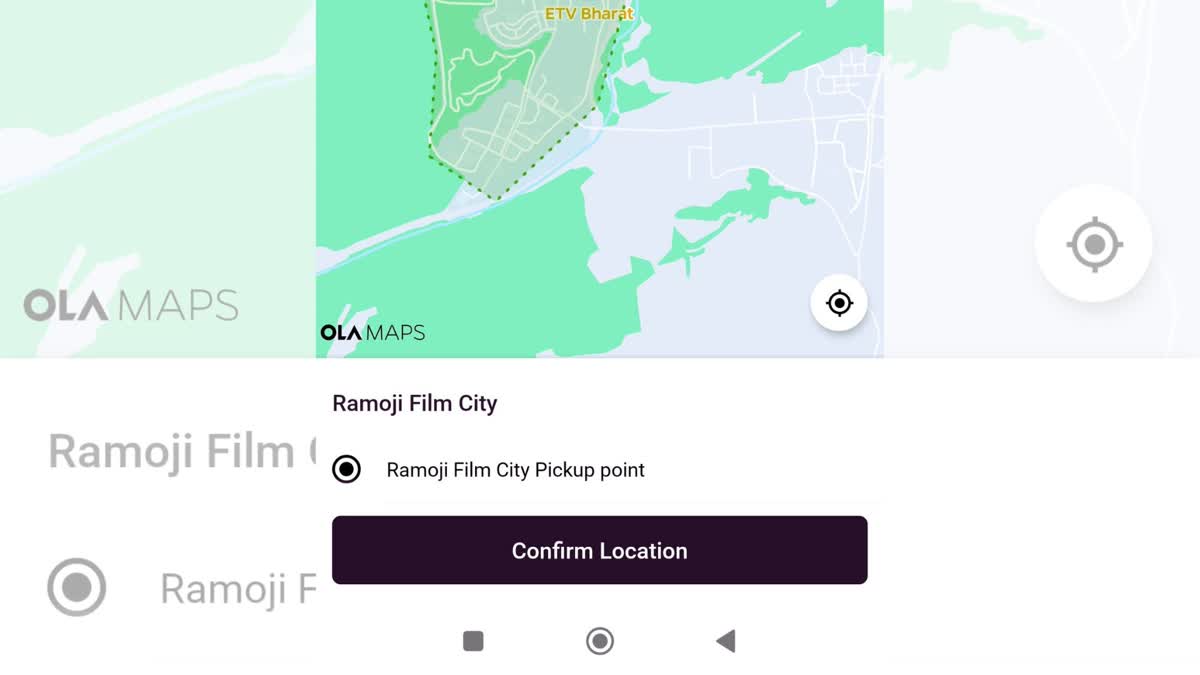New Delhi: In a big move, Ola has announced total dropping of its Google Maps and Microsoft Azure in what can be termed as the firm's thrust on its own in-house Ola Maps, which is going to save the company a massive Rs 100 crore each year.
Ola’s CEO, Bhavish Aggarwal, made the firm's decision public on Friday on X. "After Azure exit last month, we’ve now fully exited Google Maps. We used to spend Rs100 cr a year, but we’ve made that 0 this month by moving completely to our in house Ola maps! Check your Ola app and update if needed Also, Ola maps API available on @Krutrim cloud! Many more features coming soon - street view, NERFs, indoor images, 3D maps, drone maps etc!,” he wrote on X.
After Azure exit last month, we’ve now fully exited google maps. We used to spend ₹100 cr a year but we’ve made that 0 this month by moving completely to our in house Ola maps! Check your Ola app and update if needed 😉
— Bhavish Aggarwal (@bhash) July 5, 2024
Also, Ola maps API available on @Krutrim cloud! Many more… pic.twitter.com/wYj1Q1YohO
According to Aggarwal, Ola Maps will soon have many new features which include street view, indoor images, 3D maps, and even drone maps. Further, the availability of Ola Maps API on Krutrim Cloud indicates developers can start using it in their own apps. This feature is aimed at enhancing user experience as they can avail better and more detailed maps, ensuring their overall satisfaction, he said.
Aggarwal also indicated that in the coming days, Ola Maps will get enhanced features such as street view, neural radiance fields (NERFs), indoor images, 3D maps, drone maps, and more.
Ola has attributed OpenStreetMap, an open-source and free-to-use map, with an open license on its app. While Google Maps is free to use for consumers, it is chargeable for businesses like Ola, which incorporates the API into its solutions. Though Ola might be able to cut this recurring cost with an in-house solution, there will definitely be a deployment cost for all the hardware and software solutions required to run and maintain Ola Maps.
Aggarwal said Ola will publish a detailed blog post this weekend, which will explain what parts of Ola Maps were built in-house and which parts came from open-source resources.
Ola’s switch from Google Maps and Azure to their own Ola Maps is seen as a significant step. By developing their own technology, Ola is not only cutting down on expenditure but also showing their strength in innovation. The new features in Ola Maps and the availability of its API on Krutrim Cloud are a sign of the firm's readiness to woo users who can expect a better and more seamless experience with Ola’s services in the future.
This step highlights Ola’s commitment to using home-grown technology to ramp up its business services. As they roll out more features and share more details, Ola Maps is set to become a key part of their tech offerings.



